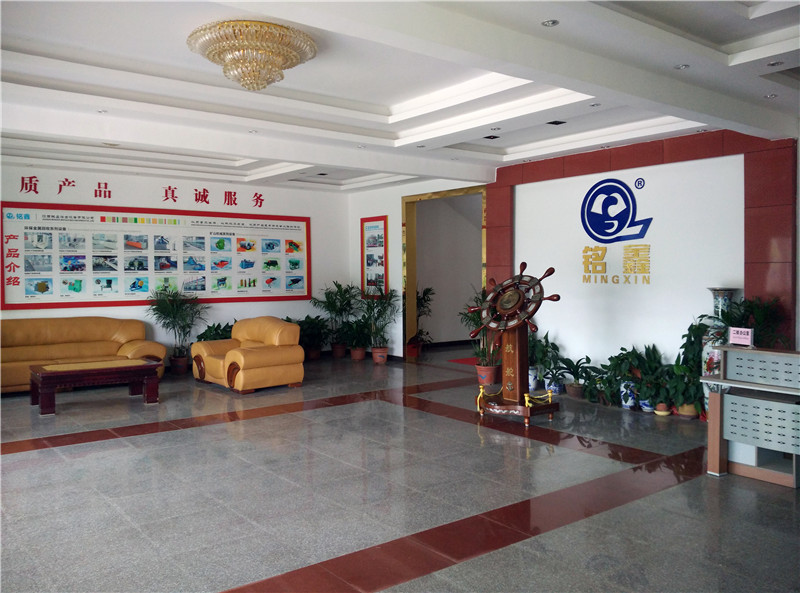With the rapid development of science and technology, lithium-ion batteries have become an indispensable energy source in our daily lives. From smartphones to electric cars, lithium-ion batteries are popular for their high energy density and long life. However, such batteries can pose a safety risk when damaged. This article will explore the causes of lithium-ion battery breakage, potential hazards, and the correct treatment methods.
Lithium-ion battery damage can be caused by a variety of factors, including physical damage, overcharge, overheating, and manufacturing defects. Physical damage can result from a drop, squeeze, or puncture, while overcharging and overheating can result from a failure or improper use of the battery management system (BMS). Manufacturing defects involve quality control issues in the battery production process.
Second, the potential harm of lithium-ion battery damage
1. Thermal runaway: After the lithium-ion battery is damaged, the internal chemical reaction may be out of control, causing the battery temperature to rise sharply, causing a fire or explosion.
2. Electrolyte leakage: Damaged batteries may lead to the leakage of electrolyte containing harmful substances, which poses a threat to the environment and human health.
3. Short circuit: Damage to the internal structure of the battery may lead to short circuit, further aggravating the risk of thermal runaway.
Third, the correct treatment of lithium-ion battery damage
1. Avoid contact: Once the battery is damaged, stop using it immediately and avoid direct contact with the electrolyte.
2. Cooling treatment: Place the damaged battery in a well-ventilated place, away from direct sunlight, to reduce the battery temperature.
3. Professional recycling: Do not discard the damaged battery at will, it should be handed over to a professional battery recycling agency for safe disposal.
4. Prevent short circuit: When dealing with damaged batteries, take measures to prevent short circuit of the battery, such as wrapping the battery with insulating materials.
Iv. Preventive measures
1. Proper use: Follow the battery manufacturer's guidelines to avoid overcharging, overdischarging and using the battery at extreme temperatures.
2. Regular inspection: Check the health status of the battery regularly, discover and replace the defective battery in time.
3. Proper storage: When the battery is not in use, it should be stored in a dry, cool place to avoid humidity and high temperature environment.
Lithium-ion batteries provide great convenience for our modern life, but they also bring safety challenges. Understanding the causes of battery breakage, the hazards, and the proper treatment is critical to personal and environmental safety. By taking the proper precautions and handling them correctly, we can minimize the risk of lithium-ion battery breakage.











